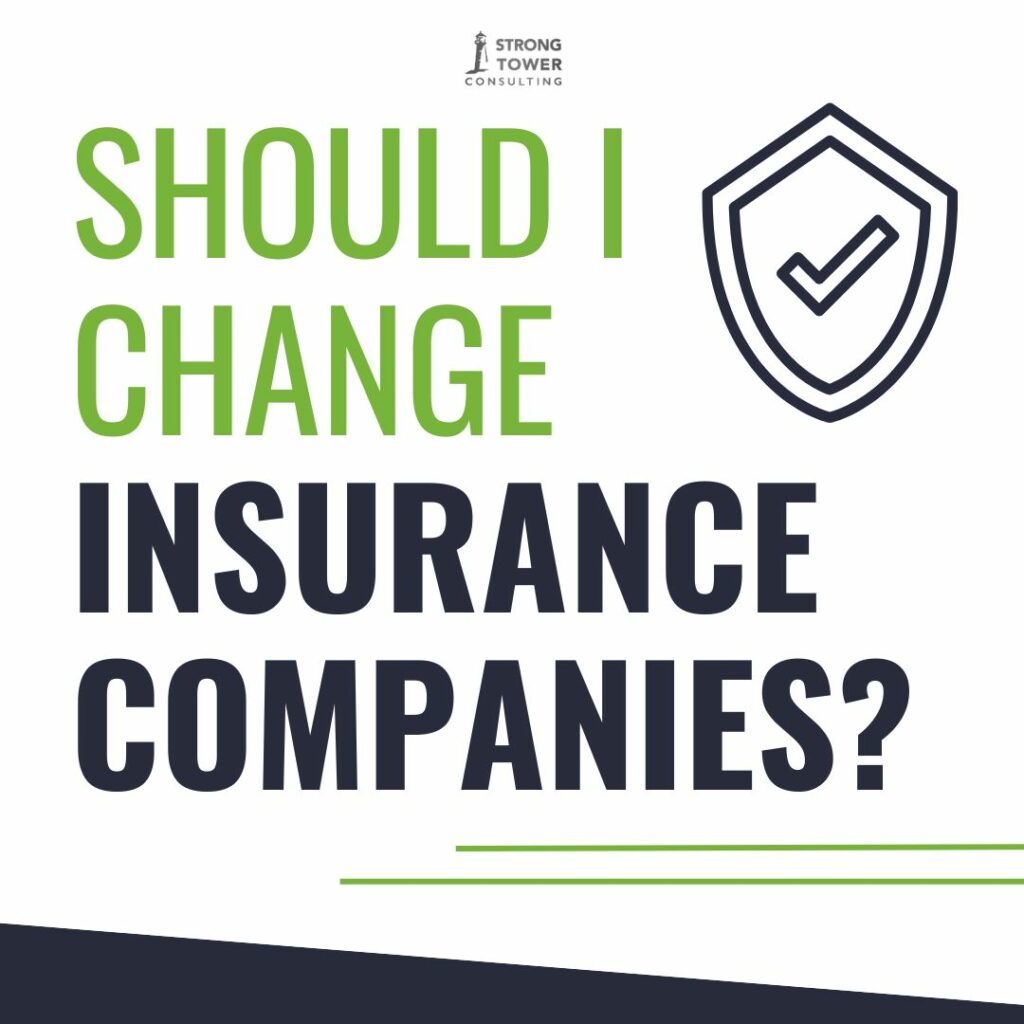Should I Change Insurance Companies?
Thinking about changing your home and auto insurance companies? It’s a big decision, but one that could save you money and hassle in the long run. In this article, we’re going to discuss whether it’s worth making the switch. We’ll talk about topics such as how good your current coverage is, whether you could get a better deal elsewhere, and what are some things causing the spike in insurance premiums recently. So, let’s figure out if it’s time for a change!
Do I have to have home and auto insurance?
Before we dive into the nitty-gritty of rising insurance costs, let’s take a moment to ponder why home and auto owners need insurance in the first place. Think of insurance as a safety net – a financial cushion that protects you from unexpected calamities. For homeowners, insurance provides coverage for your most significant investment – your home. From fire damage to natural disasters, insurance helps repair or rebuild your home when the unexpected strikes. It also offers liability protection, shielding you from legal and medical expenses if someone is injured on your property. Note: You’re not required by law to have home insurance, but banks do require it as a condition of your mortgage. So if you’re like 60% of homeowners who have a mortgage, you must have insurance on your home.
As for auto insurance, think of it as your shield against the hazards of the road. Accidents happen, whether it’s a minor fender bender or a major collision. Auto insurance steps in to cover the costs of repairs, medical bills, and legal fees, ensuring you’re not left empty-handed after an accident. It also provides peace of mind knowing that you’re financially protected against unforeseen circumstances while driving.
Moreover, it’s essential to note that auto insurance is a legal requirement in most states. (All fifty in fact, except for Virginia and New Hampshire.) Driving without insurance is not only risky but also illegal. In the event of an accident, being uninsured can result in hefty fines, license suspension, or even legal action. So, having adequate auto insurance isn’t just about protecting yourself – it’s about complying with the law and being a responsible driver.
In short, yes, if you own a home or vehicle, you need insurance. It offers financial protection, allowing you to navigate life’s twists and turns with confidence. So, while insurance premiums may seem like an extra expense, they’re a small price to pay for the security and peace of mind they provide.

Home Insurance: Unpacking the Price Hike
Have you noticed your home insurance rates creeping up lately? You’re not alone! There are several factors contributing to the increase in home insurance costs; here are just a few.
Building Materials
It only takes a few trips to your local home improvement store over the last few years to see how much the cost of building materials has gone up lately. The cost of material goods for new residential construction has skyrocketed by a whopping 14.3% over the last three years! From lumber to roofing materials, everything seems to come with a heftier price tag currently.
Acts of God
Nature has been throwing some serious curveballs our way. As of October 11, 2022, we’ve experienced a staggering 15 separate weather-related events causing losses exceeding $1 billion each. Hurricanes, derechos (ask anyone from the midwest about what that is!), wildfires, floods – you name it, we’ve seen it. These disasters take a toll on insurance companies, and guess who ends up footing the bill? That’s right – homeowners like you and me.
Labor Shortage
Did you know there are currently 423,000 job openings in the construction industry? That’s a lot of demand for skilled labor, which inevitably drives up costs for home repairs and renovations. And when home values go up, so do insurance premiums.
Exploring the Factors Behind Rising Car Owners’ Insurance Costs
The Impact of COVID-19 Vehicle Shortage on Car Insurance Premiums
The shortage of newer vehicles resulting from the COVID-19 pandemic had a notable impact on the automotive industry, leading to a ripple effect that extends to car insurance premiums. With production slowdowns and supply chain disruptions, the availability of new and used vehicles dwindled, driving up prices across the market. As consumers face inflated costs for purchasing vehicles, insurance companies must adjust their premiums to reflect the increased value of insured assets. Higher vehicle prices translate to more substantial claim payouts in the event of accidents or theft, prompting insurers to raise premiums to maintain profitability and cover the elevated costs associated with vehicle repairs or replacements. Consequently, the shortage-induced spike in vehicle prices has contributed to higher car insurance premiums, posing a financial challenge for policyholders seeking affordable coverage in an increasingly expensive automotive landscape.
Advancements in Vehicle Technology
For auto insurance policyholders, advancements in vehicle technology have played a significant role in the increase of insurance rates. Modern cars are equipped with sophisticated safety features, including sensors, cameras, and autonomous driving capabilities. While these innovations aim to enhance road safety and reduce accidents, they also come with higher repair and replacement costs. The intricate systems integrated into these vehicles make repairs more complex and expensive, leading insurers to adjust their premiums to reflect the increased risk and cost associated with insuring technologically advanced cars.
Surge in Distracted Driving Incidents
The proliferation of mobile devices and other distractions has contributed to a surge in distracted driving incidents, resulting in more frequent and severe accidents on the roads. The rise in distracted driving-related claims places additional strain on auto insurance companies, prompting them to raise premiums to cover the associated costs of medical expenses, vehicle repairs, and legal fees. Also, the correlation between distracted driving and higher accident rates leads insurers to view distracted drivers as higher-risk policyholders, warranting higher premiums to offset the increased likelihood of claims.

How frequently should I seek out different car and homeowners’ insurance?
The average annual cost of car insurance, as indicated by data from Bankrate, hovers a bit over $2,000. This expense can significantly impact your financial situation. To secure optimal coverage without breaking the bank, it’s crucial to determine the right time to begin exploring new car insurance policies and understand which life events might affect your premiums.
Given that most car and homeowners’ insurance policies span either six or twelve months, it’s wise to reassess your coverage as your current policy approaches its expiration date. Other times that are convenient for shopping around for insurance are when household circumstances change, such as moving, adding a new driver or new vehicle.
How do I shop for car insurance?
While it may seem convenient to simply renew your existing policy, investing time in comparative research could result in substantial savings through lower premiums. To initiate this process, gather pertinent details such as your vehicle’s make, model, and VIN number, alongside your personal information. Subsequently, obtain quotes from various insurers, ensuring consistency in coverage amounts and deductibles.
What information do I need to know to shop around for homeowners’ insurance?
Navigating the process of obtaining a homeowners quote can be more intricate compared to acquiring a car insurance quote. Therefore, it’s advantageous to gather your documentation and prepare to address specific inquiries about your residence beforehand. To streamline this process, here’s a checklist to guide you:
Occupants and Household Details:
– Provide contact details for yourself and any other residents. – Specify the duration of residency and marital status.
– Disclose if the property is utilized for business purposes and if there are any pets, including dogs.
Insurance Background:
– Furnish information regarding existing coverage if your property is already insured.
– Clarify whether there’s a mortgage on the property and detail any prior insurance claims.
– Estimate the cost of rebuilding your home, which is crucial for determining coverage adequacy.
Property Characteristics:
– Outline specifics about your residence, such as its construction year, roof type and age, architectural style, exterior finish, and garage presence.
– Provide details on the square footage, number of bathrooms, and fireplaces, aiding in accurately assessing rebuilding costs and coverage requirements.
Home Improvements:
– Highlight any enhancements or upgrades made to the property post-purchase, such as roof replacements, central air system installations, basement finishing, or kitchen remodeling.
– Recognize that these improvements may necessitate adjustments to your existing policy to reflect the current value and replacement cost of the home.
Safety Measures:
– Take account of safety devices and features installed in your residence, including smart home technology, security systems, or fire sprinklers.
– Note that the presence of these safety measures may qualify you for potential insurance discounts.
By proactively compiling this information, you can facilitate the quotation process and ensure that the coverage obtained aligns with your specific requirements, safeguarding both you and your family effectively.

Maximizing Savings and Security in Today’s Insurance Market
If you haven’t given much thought to your car insurance expenses lately, it’s likely time that you should. Keep in mind that insurance rates are going up across all companies and prices probably won’t differ too drastically from company to company. But it doesn’t hurt to gather information to see if you could save money on monthly or annual premiums if you have policies up for review. I highly suggest finding an insurance broker that you trust who can shop several different insurance companies for you compared to a captive agent who only offers policies from one insurance company. If you don’t have an insurance broker you trust, email or call me for recommendations.
Another sure way to save money on insurance is raising your insurance deductible. By opting for a higher deductible, you’re essentially agreeing to pay more out of pocket before your insurance coverage kicks in. While this might seem daunting at first, it can lead to significant savings in the long run. Insurance companies often offer lower premiums for policies with higher deductibles, as you’re assuming more of the financial risk. This means that although you’ll have to pay more in the event of a claim, you’ll likely pay less in premiums over time. Plus, if you’re a careful driver or homeowner and don’t anticipate needing to make frequent claims, the higher deductible can provide substantial savings without sacrificing coverage. This is typically not worth doing until you are on baby step 3 and all of your debt (except for your mortgage) is paid off. Overall, raising your insurance deductible is a strategic way to reduce your insurance costs while still maintaining essential coverage.
In the past three years, the housing and construction markets have undergone remarkable transformations, not only in the U.S. but also internationally. These changes have directly influenced the costs of replacing homes and the premiums paid by homeowners across the insurance industry. If your monthly budget is tight due to the rise in insurance premiums and other increases due to inflation, reach out to me at Strong Tower Consulting and let’s meet for a free session. We can then figure out a plan together to increase the margin in your budget so that you have money to accomplish financial goals that will set you up for the future you’ve been wanting.

